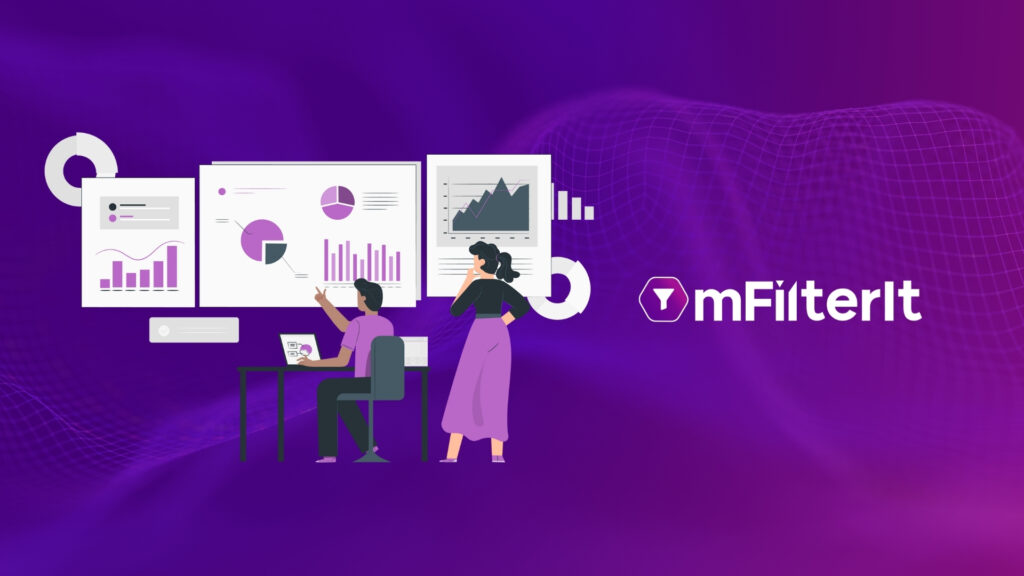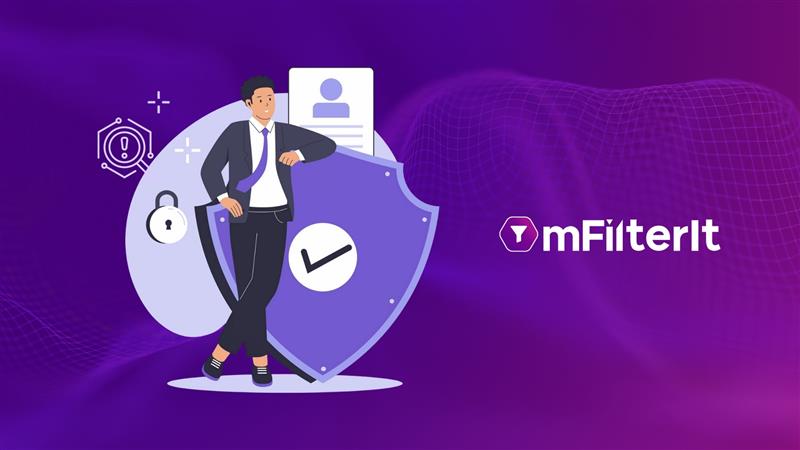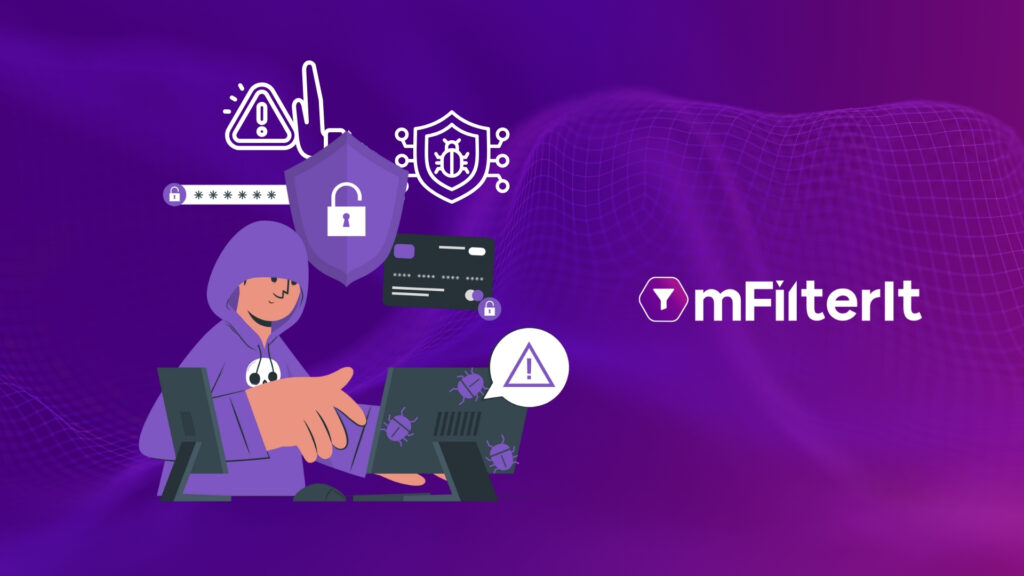Programmatic advertising offers unparalleled efficiency and reach. However, programmatic ad fraud is a growing problem that has dented the efficiency and return on investment (ROI). It not only leads to a massive loss in advertising Ad spend but also causes reputational damage.
Programmatic ad fraud mainly includes generating fake clicks and impressions using bots and automated systems. Inflated ad spending, depleted ROI, and eroded trust caused by programmatic fraud are significant consequences. Artificial Intelligence and Machine learning-driven tech with monitoring, analysis, and real-time actionable insights is needed to optimize programmatic ad campaigns.
Table of Contents
ToggleOptimizing Programmatic ads – Ad Traffic Validation with integrated Brand safety
Detection of Bot traffic is the major challenge in programmatic advertising. Automated blocking of ads such as invalid traffic in all branding campaigns across all programmatic platforms is critical for the success of the ad campaign.
mFiliter enables advertisers to validate branding campaign traffic with integrated brand safety. It provides media verification across the programmatic ecosystem or any other campaigns that have CPM payouts. The integrated brand safety helps identify safe, unsafe, or irrelevant ad placement. A step that empowers advertisers beyond ad traffic validation.
Optimizing Programmatic ad campaigns requires the following:
- Weeding out General Invalid Traffic (GIVT) and Sophisticated Invalid Traffic (SIVT)
- Identify ad placements on Made-for-Ad Sites (MFA)
- Check for Frequency Cap Violations on OTT or video streaming media platforms.
- Ad Placements Monitoring as per the GARM safety standards and Brand Guidelines
Advanced AI and ML tech capabilities and behavior analytics are used to protect programmatic advertising from ad fraud and ensure brand safety. It must cover all advertising programmatic advertising channels such as DV360, a demand-side platform (DSP) that enables the purchase of a diverse spectrum of online media programmatically, CTV streaming services, and platforms like Roku, OTT Platforms, or any other platforms that support programmatic ads.
How does ad fraud affect programmatic advertising?
Automated, data-driven buying and selling of digital ad inventory occurs at programmatic ad channels. Leveraging AI-ML-driven tech can help optimize ad placement and reach the desired targeted audience more efficiently.
Programmatic ad campaigns can have fraud rates as high as 15-20% in the worst cases. Ad fraud prevention in programming is required to cut down wastage of ad spend and get better returns on campaign investments. In addition to financial losses, ad fraud can negatively impact brands in several other ways including:
-
Damage Brand Reputation
When ads appear on MFA sites, low-quality or inappropriate sites can harm the brand reputation, as consumers may associate the brand with these negative contexts, leading to trust erosion.
-
Skew campaign metrics and performance
Ad fraud skews analytics and data, leading to misleading campaign performance metrics. This results in ineffective marketing strategies, as decisions are based on inaccurate data.
-
Lose customer trust
Consumers’ trust in a brand gets reduced if they perceive its ads as pervasive or intrusive in case of Frequency capping violations or programmatic ads appearing in unsuitable online environments.
-
Decreased campaign ROI
The return on investment (ROI) for advertising campaigns diminishes significantly due to fraudulent activities, as a portion of the ad spend is diverted to non-genuine interactions
Emerging tech to combat programmatic ad fraud
Awareness is the first step! Move beyond the myths such as no Fraud on Walled Gardens, no fraud on performance-driven campaigns or publisher reports give a clear picture of where the brand has spent its marketing budgets or brand safety has nothing to do with ROI and is an unnecessary cost. In the fight against programmatic ad fraud, the journey goes well beyond simply knowing about it.
The estimated average ad fraud is around 15% Fraud on OTT, 20% Fraud on CTV, and 18% Fraud on YouTube. Surprising numbers? Not really. Ignorance is not bliss in this case, Advertisers need advanced tech to combat programmatic ad fraud in real-time, ensure the safety of ad place, and safeguard brand repute. Contrary to what many believe, advertisers are not helpless against such instances of fraud and it is up to the advertisers to protect their interests.
The simplest, most surefire way to protect your interests is to use ad fraud detection tools. Such a tool uses AI and ML algorithms to continually and intelligently monitor the user activity on your ad campaigns. Since the algorithms work round the clock and without the influence of human bias, you can rest assured that your campaigns are protected the way they should be.
Final Thought – Optimize the efficiency of Programmatic ad campaigns
Programmatic advertising is a superb way to reach your customers. The insights advertisers can draw from their programmatic campaigns can help them consistently improve the returns they make on their programmatic ad spend. With programmatic ad traffic validation, brands require full funnel coverage across various digital channels along with enhanced ad visibility pre-bid & post-bid for impressions on programmatic, OTTs, and CTV platforms. However, ad fraud stands in the way of advertisers looking to maximize their investment in programmatic advertising. This is where programmatic ad fraud protection can come in handy, helping advertisers protect their campaigns and maximize their gains.
Get in touch to learn more about the programmatic ad fraud.







